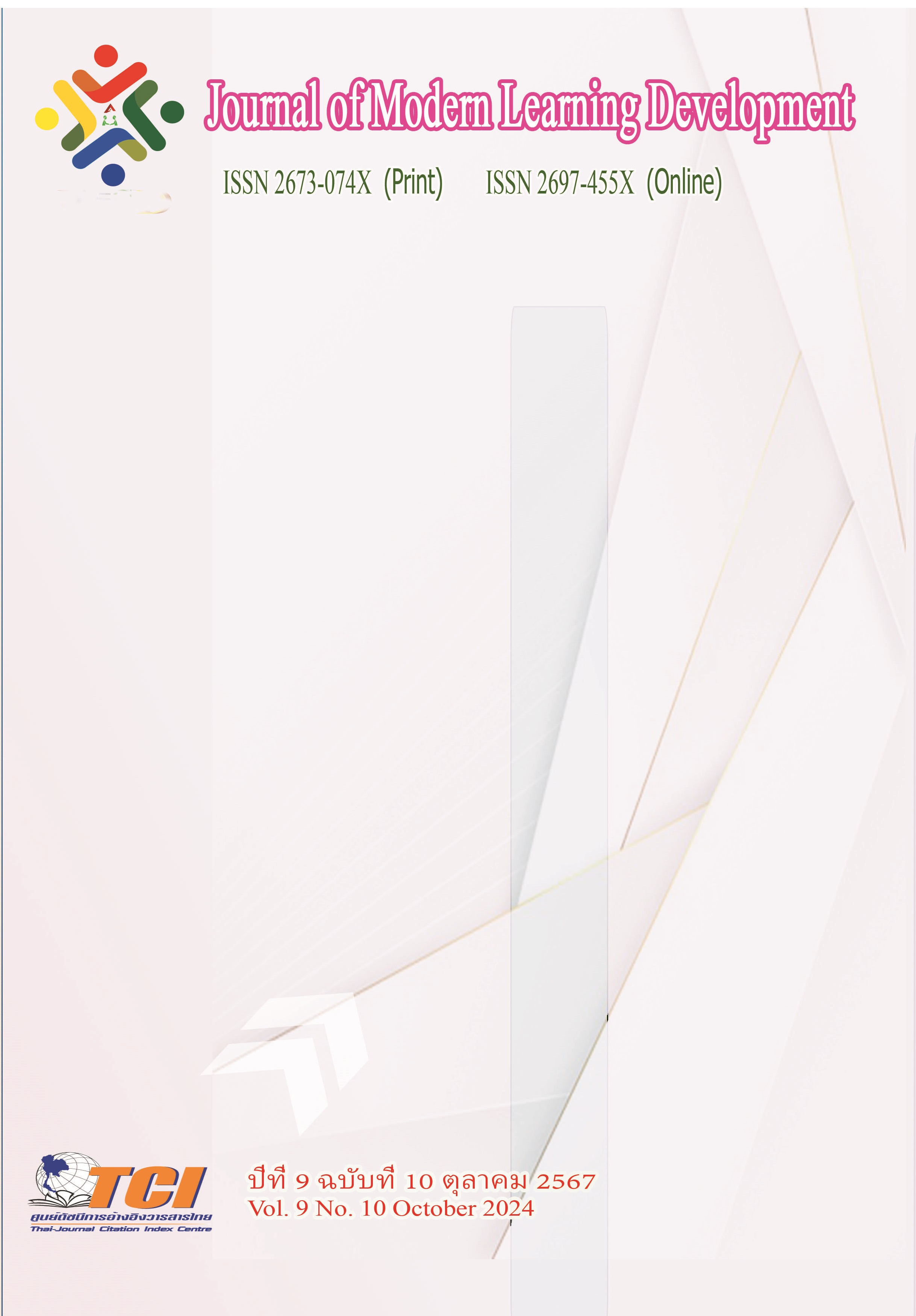Guidelines for Service Quality Development of the Human Resource Management Division, Chiang Mai University
Main Article Content
Abstract
The study of guidelines for service quality development of the Human Resource Management Division, Chiang Mai University aimed to 1) study service quality of the Human Resource Management Division, from the perspective of employees whose work are related to human resource management services 2) study satisfaction in university officers working in human management related fields, who receive services from Human Resource Management Division 3) study quality related factors of Human Resource Management Division services that affect the satisfaction in university officers working in human management related fields, who receive services from the division. 4) survey guidelines for improving service quality from Human Resource Management Division to make it align with university employees’ needs. This is quantitative research using questionnaire as a tool to collect data from 128 employees who work in 45 university units, both in university office and other faculties, working in human management fields. And the reliability tool was calculated using Cronbach’s alpha coefficient which was 0.86. The statistics used in the study were frequency, percentage, average, and standard deviation. And statistic used for hypothesis test was Multiple Linear Regression.
The results were found that 1) the quality in providing services by the Human Resource Management Division, University Office, Chiang Mai University was in high level. The order can be arranged from highest to lowest as follows; responsiveness, assurance, empathy, reliability, and tangibility, respectively. 2) the level of satisfaction from university officers working in human management related fields towards services provided by Human Resource Management Division was high. The order can be arranged from highest to lowest as follows, progressive service, equitable service, ample service, continuous service, and timely service. 3) quality factors that affect university employees’ satisfaction with 0.05 statistical significance are assurance and empathy. And 4) the suggestions are to provide services using electronic system, develop service process, and improve personnel to be experts, respectively.
Article Details
References
กองแผนงาน มหาวิทยาลัยเชียงใหม่. (2564). แผนพัฒนาการศึกษามหาวิทยาลัยเชียงใหม่ ระยะที่ 13
พ.ศ.2566-2570. ออนไลน์. สืบค้นเมื่อ 1 กุมภาพันธ์ 2566. แหล่งที่มา: https://planning. oou.cmu.ac.th/?p=3570
กองบริหารงานบุคคล มหาวิทยาลัยเชียงใหม่. (2566). ข้อมูลประวัติกองบริหารงานบุคคล สำนักงาน
มหาวิทยาลัย มหาวิทยาลัยเชียงใหม่ 2566. ออนไลน์. สืบค้นเมื่อ 31 มกราคม 2566. แหล่งที่มา : https://hr.oop.cmu.ac.th/data/about/about.php
ทศพร ศิริสัมพันธ์. (2560). ระบบราชการ 4.0 กับการสร้างนวัตกรรมและความเป็นผู้ประกอบการภาครัฐ.
ออนไลน์. สืบค้นเมื่อ 3 กรกฎาคม 2566. แหล่งที่มา: https://www.dpe.go.th/manual-files-
สำนักงานพัฒนาธุรกรรมทางอิเล็กทรอนิกส์ (2564).The Power and Development of Government
e-Services. ออนไลน์. สืบค้นเมื่อ 25 กรกฎาคม 2566. แหล่งที่มา: https://www.etda.or.th/ getattachment/44e7f628-79f2-43a8-8bfc-a3201e4e3c23/The- Power-and-Development-of-Government- e-Services.aspx
สุภัสสรา วิภากูล (2561). คุณภาพการให้บริการที่เป็นเลิศกับความประทับใจของผู้ใช้บริการในสถาบัน
อุดมศึกษา. วารสารศึกษาศาสตร์ มหาวิทยาลัยศิลปากร. 16 (12), 20-33.
Gronroos, G.T. (1990). Service management and marketing. Massachusetts: Lexington Books.
Millet, J.D.(1954). Management in the publics service: The quest for effective performance. New York: Mcgraw-Hill Book Compan.
Parasuraman, A., Zeithaml, V.A., & Berry, L.L. (2013). A Conceptual Model of Service Quality and Its Implications for Future Research. Journal of Marketing. 49, 41 – 50.


